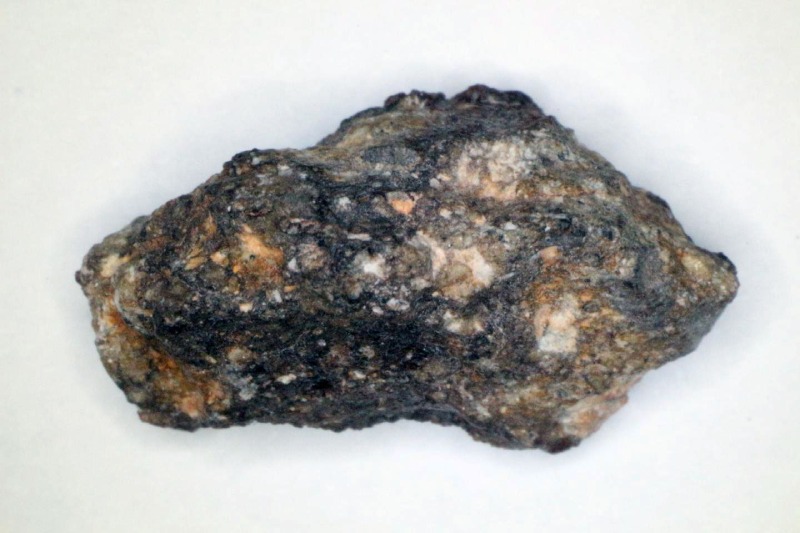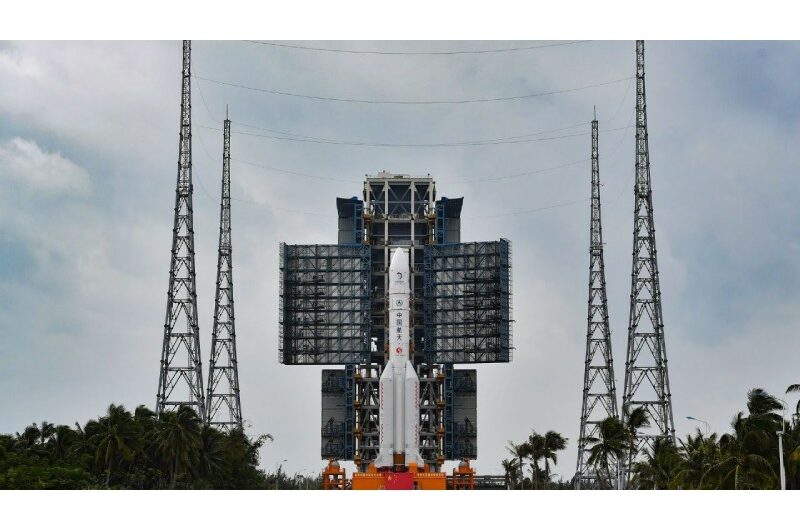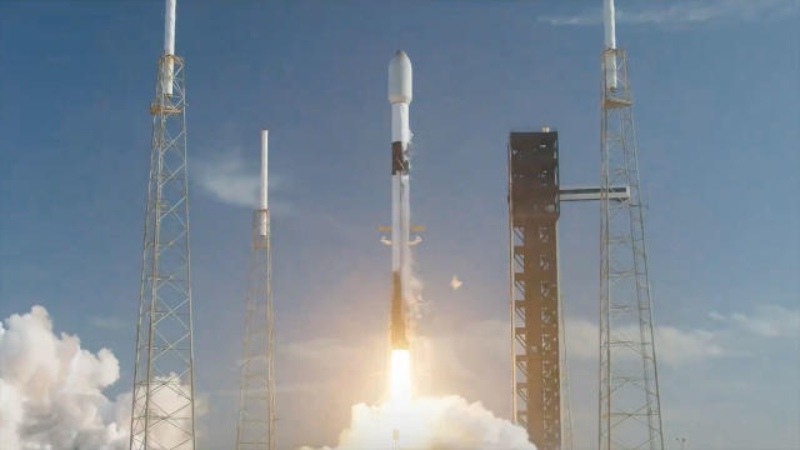According to recent studies, the moon’s surface was abundant in water some 4 billion years ago.
The study may contribute significantly to our understanding of the moon’s evolution and serve as a model for upcoming moon missions such as NASA’s Artemis 3, which seeks to bring people back to the moon by 2026 and use its frozen water resources to support a long-term human presence.
Tara Hayden, a postdoctoral fellow at the University of Western Ontario, found the mineral apatite while examining a lunar meteorite—a fragment of the moon’s surface. For the first time, when the moon was still molten, a direct analysis of an unidentified stage in lunar evolution was made possible by this common phosphate.
The analysis of the meteorite reveals that, contrary to what scientists had previously thought, there was more water in the moon’s crust during the early era of lunar history. “The discovery of apatite in the moon’s early crust for the first time is incredibly exciting — as we can finally start to piece together this unknown stage of lunar history,” Hayden stated in a press release. “We find the moon’s early crust was richer in water than we expected, and its volatile stable isotopes reveal an even more complex history than we knew before.”
Lunar samples from Apollo didn’t fully depict moon water
According to Hayden, studying lunar meteorites like the one she looked at to locate apatite is crucial to understanding the moon and might provide information that was not there in the samples that the Apollo program brought back to Earth in the 1960s and 1970s.
Upon initial examination, scientists discovered that the Apollo lunar samples were “volatile-poor.” Water is a moderately volatile substance that evaporates at 212 degrees Fahrenheit (100 degrees Celsius). Volatiles are substances that readily evaporate at relatively low temperatures. Because of this, it was believed that the moon was “bone dry.”
This presumption was called into question in 2008 when additional examination of the Apollo samples was necessitated by the discovery of notable concentrations of water and volatiles in glass beads. The moon hasn’t always been bone-dry, as evidenced by samples that have been collected during the course of the study’s 15 years, including lunar meteorites that fell to Earth after being liberated from the moon’s surface by asteroid strikes and other impacts.
“We know most about the history of water on the moon from the Apollo samples, but those samples are thought to only represent about five percent of the entire moon surface,” Hayden said. “Until we get more samples back in the upcoming Artemis missions, the only other samples from the surface we have are meteorites.”
During her research at the Open University in the United Kingdom, Hayden examined one of these lunar meteorites and discovered important information regarding lunar water that she describes as “so vital to our understanding about lunar water-bearing minerals.”
Hayden’s main attention was on the mineral apatite, which is found in “ferroan anorthosites” in the sample and has volatiles in its crystalline structure. The only known lunar rocks that originated directly from the slushy sea of molten rock that covered the moon’s surface 4.5 million to 4.3 million years ago are ferroan anorthosites.
The discovery of this volatile-rich element in the ferroan anorthosite suggests that water existed during the moon’s largely molten phases, which is the first time this has been done directly to investigate the moon’s evolution.
“Unraveling the history of water in the earliest-formed lunar crust approximately 4.5 billion years ago is important for improving our understanding of the origin of water in the solar system,” Open University professor of planetary science and exploration Mahesh Anand said. “Ancient rock samples from the moon in the form of lunar meteorites provide an excellent opportunity for undertaking such investigations.”
With extended lunar stays looming and humanity preparing to return to the moon via Artemis for the first time in fifty years, Hayden’s discovery arrives at a critical juncture for moon science.
Future expeditions might use frozen water on the moon’s surface not just to keep astronauts alive but also to extract hydrogen for fuel, which could be used to send teams back to Earth or even beyond into the solar system, such to Mars.
“It has been long believed the lunar surface has been dried out for thousands and even millions of years, but maybe there might be more water available than we thought on the surface of the moon, and we just need to find a way to extract it,” Hayden said.
A article that was published in Nature Astronomy describes these new discoveries on lunar rocks.
Topics #Lunar meteorites #Moon #NASA










